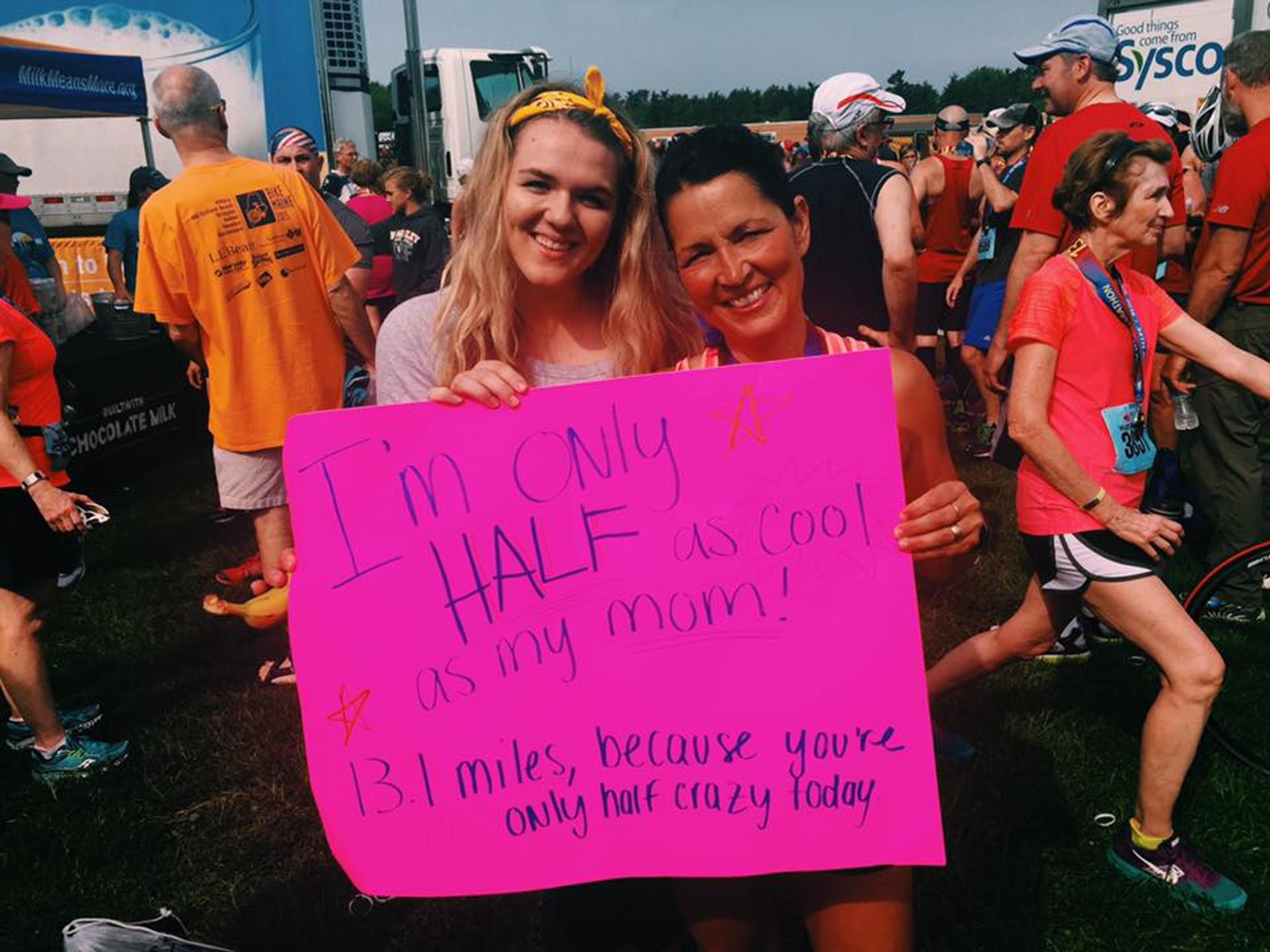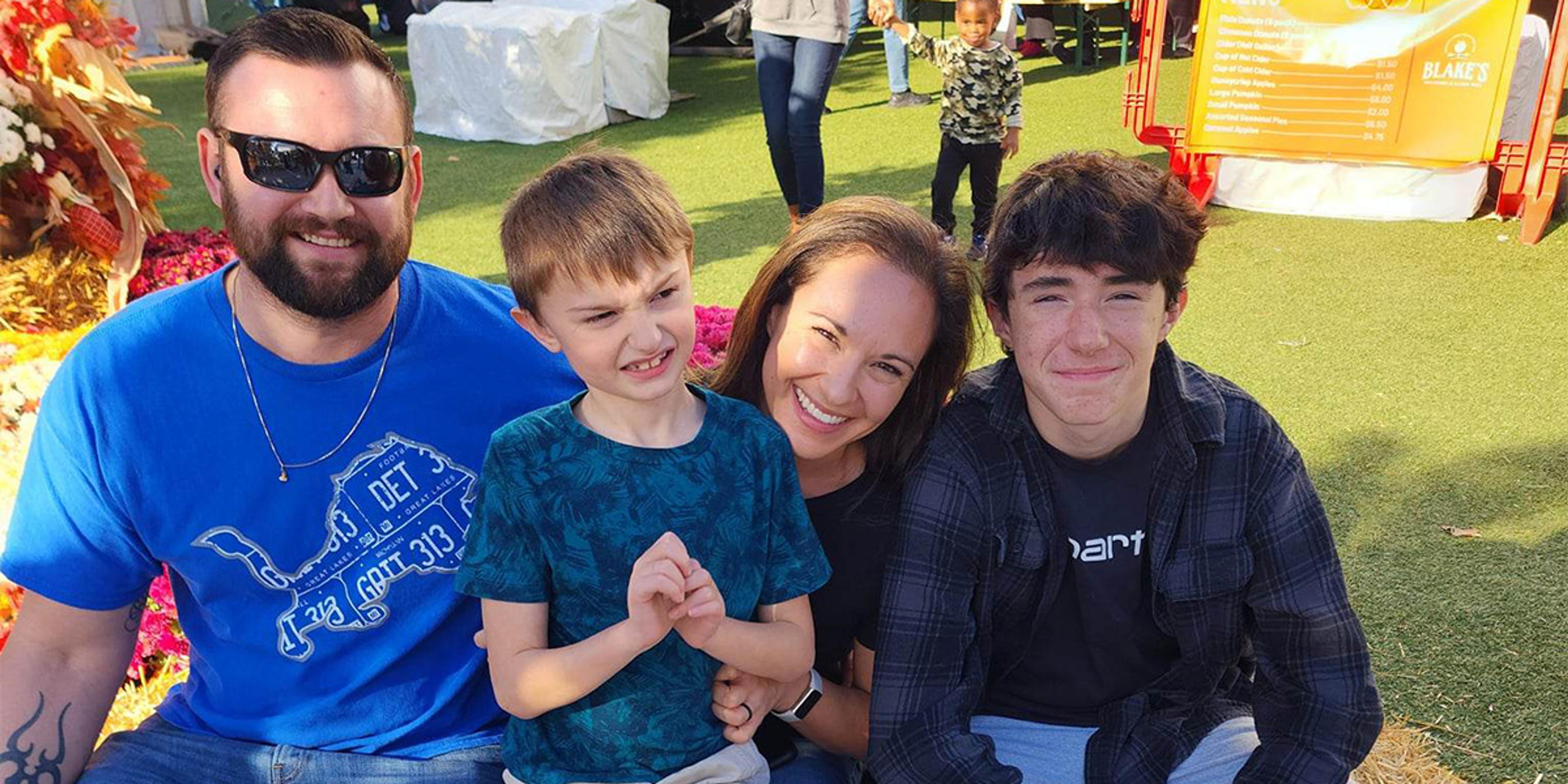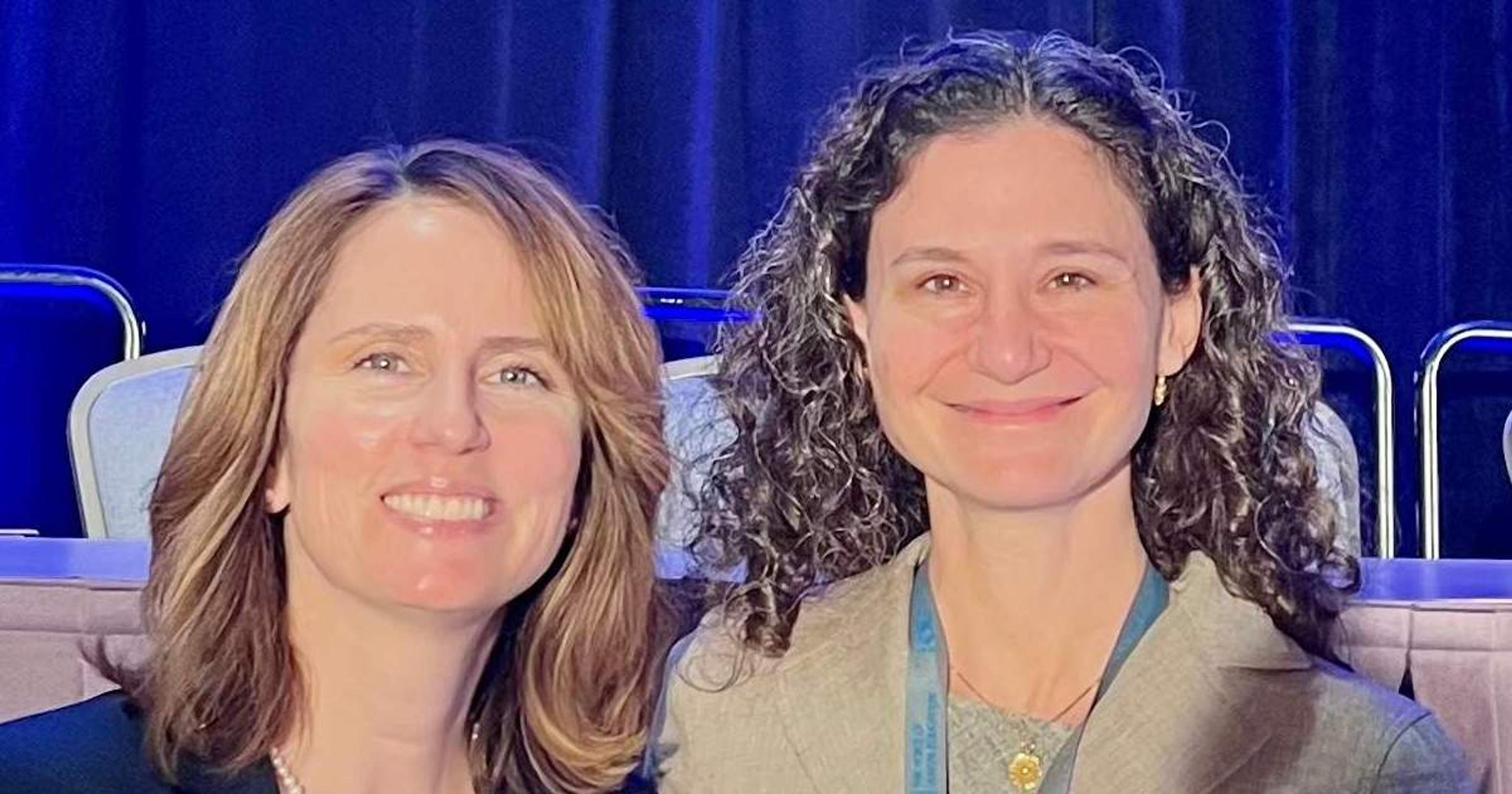
For me, being a mother and a marathoner go hand-in-hand. My time out on the road or trail is when I can clear my head, focus on my own fitness and yes – even escape the kids once in a while. But it hasn’t always been like that. Though I was active in my childhood, I hit a fitness rut in my early 20s. I tried a lot of different workouts, but weightlifting and aerobics didn’t catch on for me. During this time, I knew I had high cholesterol, felt lethargic and needed a new fitness path. Initially, I began running for the physical benefits – but it became so much more. I didn’t hit the road the first day and have a movie-like epiphany about how much I loved running long distances – I just knew I didn’t hate it. I started with just a couple miles at a time and began adding a bit more to my runs every day. Soon, I realized my time pounding the pavement felt like a necessity — both physically and mentally. I was hooked, and running became part of my daily routine. I became active in races and running groups, and went from running 5Ks to marathons, which felt like a total fitness revolution for me. I’ve now run 15 full marathons and seven half-marathons. I’ve even started dabbling in ultra-running - long-distance relays with my friends to benefit different charities. Running was such a big part of my life, so you can imagine how it felt when all of a sudden I couldn’t do it anymore. In 2009, while moving to hit a ball during a tennis tournament, I felt a shot of pain go through my knee – and I knew it wasn’t one of the normal aches that come with age. I went to see an orthopedic surgeon and learned I had torn cartilage off my medial femoral conidial. In other words, there was nothing surrounding my femur bone to keep it protected. My doctors had to perform a micro-fracture surgery, which was a relatively new procedure at the time. I couldn’t put any weight on my leg for six weeks and was limited to light exercise afterward. I couldn’t run again for a full six months. It felt like my world had ended. Doctors can’t tell you exactly how your body will recover. There was a point when I didn’t know whether I’d ever be able to run again like I used to. As hard as it was, I knew patience was key to my recovery. I listened to my body through 13 weeks of physical therapy and gauged where I could go from there. Throughout the process, working with my doctors in Traverse City and the team at Blue Cross Blue Shield of Michigan was an incredible experience. My extensive surgery and rehabilitation were covered, and the whole process felt so seamless. My family never had to worry that my care would suffer because of an insurance issue. By being so collaborative, Blue Cross took a huge weight off my shoulders — something I really appreciated since I was also struggling with not knowing whether I’d ever be able to return to the activity I love. After almost a year of being relatively inactive, I couldn’t wait to put my running shoes back on once my doctors gave me the go-ahead. Since that first incredible day back on the trails, running has continued to be a huge part of my life. I really knew I was back to my old self when I finished the Bay Shore Half-Marathon in June 2016. In the beginning of my running career, I was focused on placing, medals and breaking personal records. Since the surgery, I’ve stopped worrying as much about winning. For me, it’s about how many finish lines I’m able to cross. Through the support of my medical team and Blue Cross at all levels, I’m striving to continue to finish the race. [smartslider3 slider=14]





